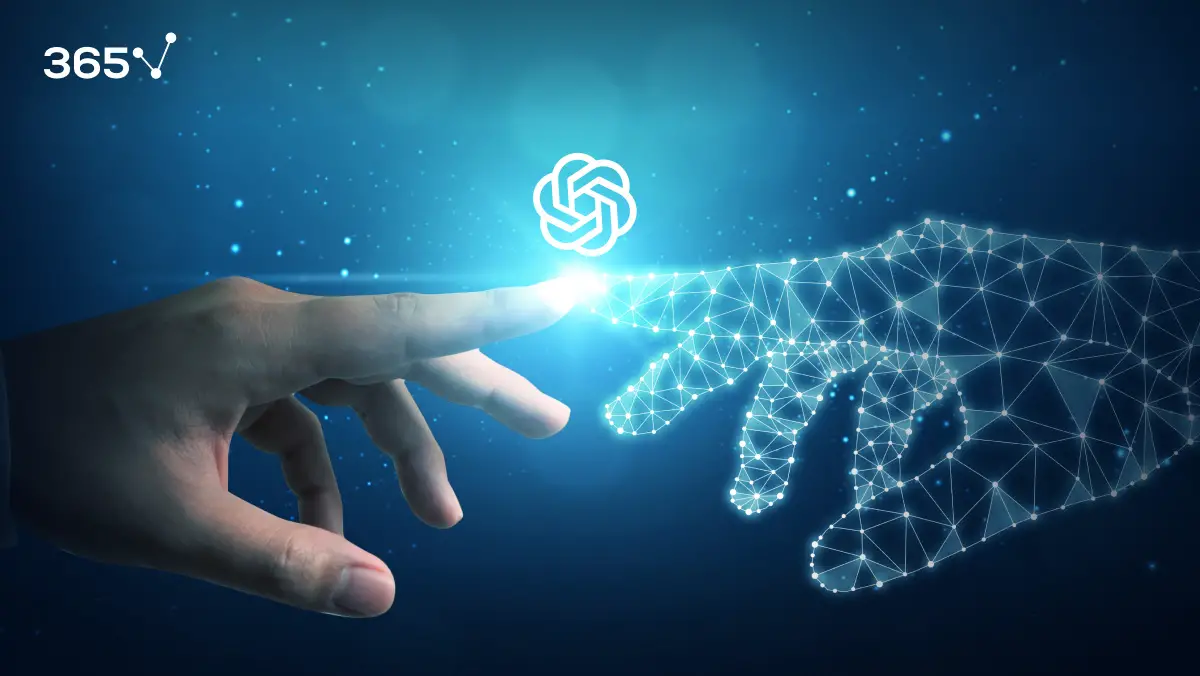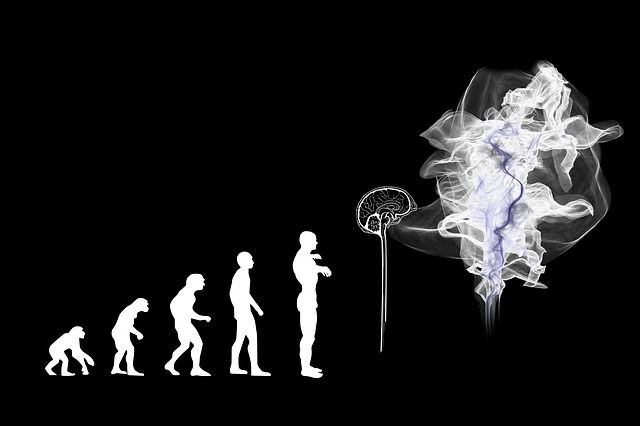ChatGPT and the Evolution of E-learning: Personalized Education Solutions

The advent of ChatGPT, a highly advanced AI language model, has revolutionized the e-learning landscape by unlocking a new era of personalized and transformative educational experiences.

Personalized Learning Paths:

ChatGPT enables the creation of customized learning paths that cater to the unique needs and learning styles of each student. By interacting with ChatGPT, students can receive personalized feedback, recommendations, and guidance, helping them identify areas for improvement and progress at their own pace.
Virtual Assistants and Interactive Learning:
ChatGPT can serve as a virtual assistant for students, answering questions, providing explanations, and engaging in real-time conversations. This interactive nature fosters a collaborative learning environment, fostering curiosity and deepening understanding.
Automated Assessment and Progress Tracking:
ChatGPT’s ability to understand complex instructions and process natural language makes it an ideal tool for automated assessment. Students can receive immediate feedback on their assignments, allowing them to identify areas for improvement and track their progress in real-time.
Gamification and Micro-learning:
ChatGPT can be integrated into gamified learning experiences, breaking down complex concepts into manageable chunks and making learning fun and engaging. By providing short, bite-sized interactions, ChatGPT facilitates micro-learning, which aligns with contemporary attention spans and busy schedules.
Dialogue-Based Learning:
By fostering dialogue between students and ChatGPT, e-learning platforms can create immersive and interactive learning environments. Students can engage in open-ended discussions, pose clarifying questions, and explore multiple perspectives, developing critical thinking and communication skills.
Improved Accessibility and Inclusivity:
ChatGPT’s text-based nature eliminates language barriers and enhances accessibility for learners with disabilities. It can generate content in multiple languages, accommodating the diverse needs of a global audience.
In conclusion, ChatGPT serves as a catalyst for the evolution of e-learning by providing personalized solutions that empower students to take ownership of their learning journeys. Through interactive learning, automated assessment, gamification, and dialogue-based learning, ChatGPT transforms e-learning into a transformative and engaging experience that adapts to each student’s unique needs.## ChatGPT and the Evolution of E-learning: Personalized Education Solutions
Executive Summary:
ChatGPT is revolutionizing e-learning by making it more personalized, engaging, and accessible. This article explores how ChatGPT is transforming the educational landscape and discusses the key benefits and applications of this groundbreaking tool.
Introduction:
The advent of ChatGPT, a powerful language model, has unleashed immense potential in the realm of e-learning. Its ability to generate personalized learning experiences, automate tasks, and provide real-time feedback is transforming the way students learn and educators teach. This article delves into the transformative impact of ChatGPT on e-learning and explores how it is shaping the future of education.
FAQs:
- What is ChatGPT?
ChatGPT is an advanced chatbot developed by OpenAI that leverages machine learning to generate human-like text and engage in conversational interactions.
- How is ChatGPT used in e-learning?
ChatGPT can be integrated into e-learning platforms to create personalized learning experiences, assess student comprehension, and provide tailored feedback.
- What are the benefits of using ChatGPT in e-learning?
ChatGPT offers several advantages, including increased engagement, personalized content, automated assessments, and enhanced student support.
Personalized Learning Experiences:**
ChatGPT tailors learning content and activities to individual students’ strengths, weaknesses, and learning styles. This personalized approach allows students to progress at their own pace and focus on areas that require more attention.
- Adaptive Learning Paths: ChatGPT creates dynamic learning paths that adapt to students’ progress, providing targeted support and challenges.
- Differentiated Content: The platform generates customized learning materials, exercises, and assessments based on individual student needs.
- Real-Time Feedback: ChatGPT offers immediate feedback on student responses, allowing them to identify areas for improvement.
- Personalized Learning Recommendations: ChatGPT analyzes student performance and provides tailored recommendations for additional resources and support.
Task Automation:**
ChatGPT automates administrative and grading tasks, freeing up educators’ time for more meaningful interactions with students. This efficiency allows educators to focus on providing personalized support and fostering a positive learning environment.
- Grading Automation: ChatGPT can grade essays, quizzes, and assignments, providing time-saving benefits for educators.
- Content Generation: The platform can generate lesson plans, presentations, and other teaching materials, reducing the workload for educators.
- Administrative Tasks: ChatGPT can handle repetitive administrative tasks such as scheduling, email communication, and student data management.
- Student Support: The platform can provide automated support to students, answering questions and providing guidance outside of class hours.
Enhanced Student Engagement:**
ChatGPT fosters student engagement by making learning more interactive, enjoyable, and relevant. Its conversational interface and ability to personalize content captivate students and encourage active participation.
- Interactive Learning Dialogues: ChatGPT engages students in natural language conversations, providing a dynamic and interactive learning experience.
- Gamification and Simulations: The platform can create gamified learning experiences and simulations, making learning more engaging and motivating.
- Real-World Applications: ChatGPT connects learning to real-world scenarios, helping students see the practical relevance of the material.
- Personalized Learning Journeys: ChatGPT tailors the learning journey to each student’s interests and aspirations, fostering a sense of ownership and engagement.
Enhanced Accessibility:**
ChatGPT promotes accessibility by providing language translation, alternative learning formats, and support for students with disabilities. This inclusivity ensures that all students have equal opportunities to succeed in their educational pursuits.
- Language Translation: ChatGPT can translate learning materials into multiple languages, removing language barriers for non-native speakers.
- Alternative Learning Formats: The platform can create accessible learning materials in various formats, including audio, video, and text, catering to diverse learning styles.
- Support for Students with Disabilities: ChatGPT can provide tailored support for students with disabilities, such as dyslexia and visual impairments.
- Universal Design Principles: ChatGPT adheres to universal design principles, ensuring that learning experiences are accessible to all learners, regardless of their abilities.
Improved Teacher Training and Support:**
ChatGPT supports teachers by providing professional development opportunities, personalized resources, and real-time feedback on their teaching practices. This empowers educators to enhance their skills and deliver more effective learning experiences.
- Personalized Professional Development: ChatGPT creates tailored professional development plans for teachers, based on their individual needs and areas for growth.
- Curated Educational Resources: The platform provides access to a vast library of educational resources, including lesson plans, teaching strategies, and research articles.
- Real-Time Feedback on Teaching: ChatGPT can analyze classroom interactions and provide feedback on teaching practices, helping educators identify areas for improvement.
- Teacher Collaboration and Networking: ChatGPT facilitates collaboration and networking among teachers, fostering a community of support and best practice sharing.
Conclusion:**
ChatGPT is revolutionizing e-learning, transforming it into a more personalized, engaging, and accessible experience for both students and educators

